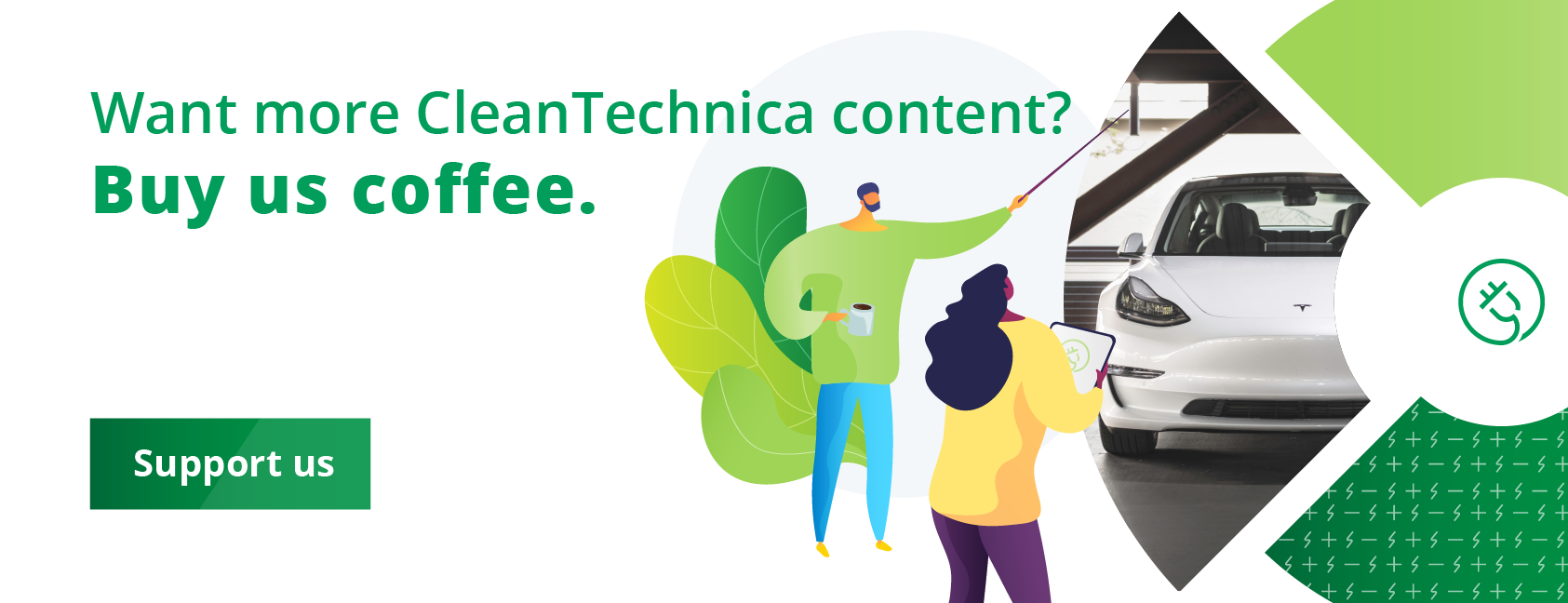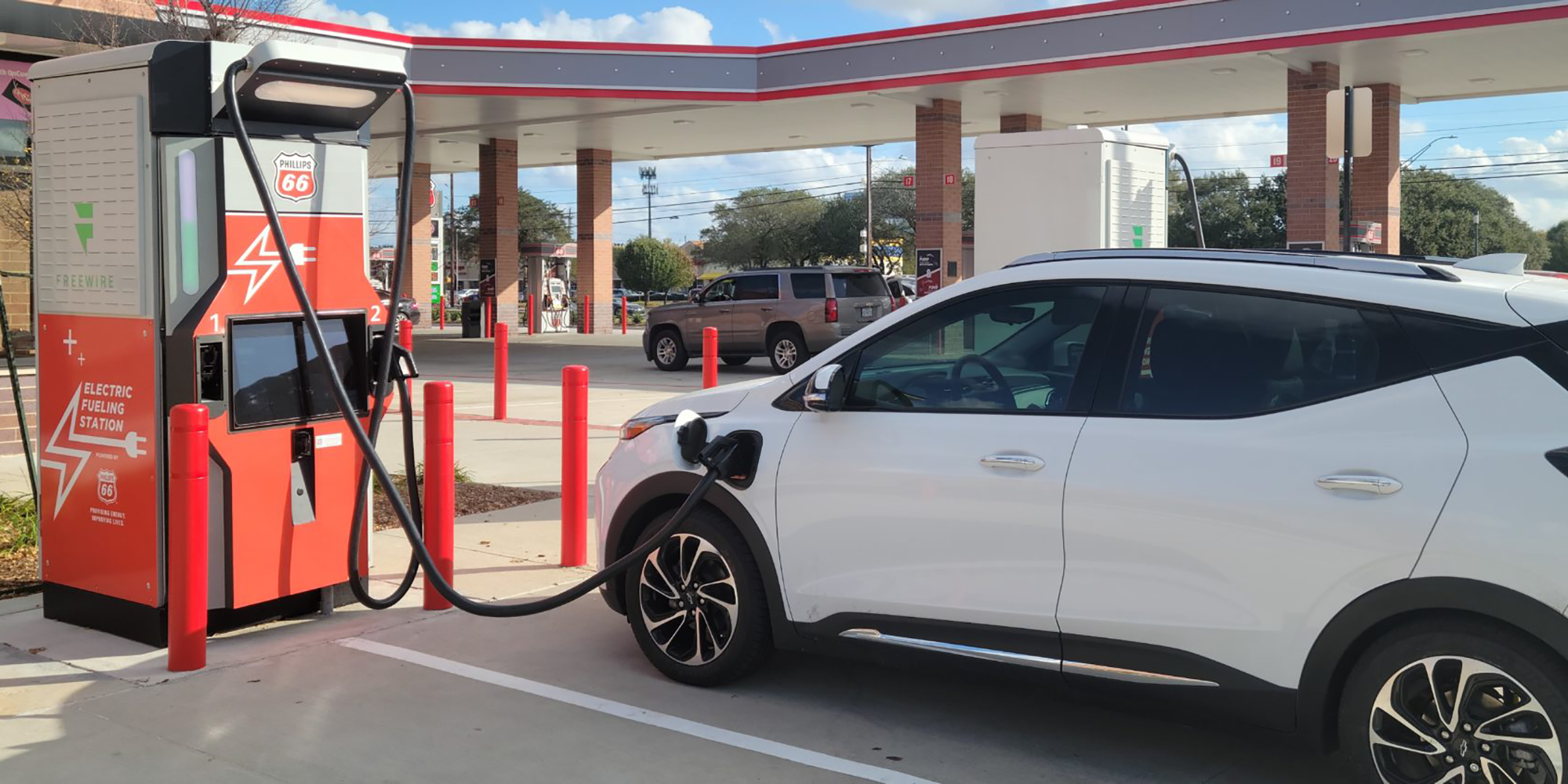
A battery factory needs lots of electricity and water. Access to both at the lowest possible cost is the key to profitability. Subsidies, when available, are a big part of the equation as well. This week, those two factors have had a big impact on the battery factory plans of both Porsche and Tesla.
Porsche Opts For North American Battery Factory
According to Automobilwoche, Porsche has ruled out building a battery factory in Germany due to the high cost of electricity. Instead, it plans to construct a battery manufacturing facility in North America, although no decision has been made about whether it will be in the US or Canada.
During a Q2 earnings call last week, Porsche CEO Oliver Blume (who is also the head of Volkswagen Group) and CFO Lutz Meschke confirmed plans for a large-scale battery factory for Porsche. The company already is building a small battery factory near Reutlingen in Baden-Württemberg that will manufacture high-power battery cells for use in Porsche racing vehicles and a limited number of high-performance production cars. Porsche is heavily involved in the Formula E racing series for electric race cars with its subsidiary Cellforce, in which it has since acquired a majority stake.
Originally, that factory was only intended to produce about 100 MWh of batteries each year. Then there were reports production might expand to 1.3 GWh annually. Last month, Manager Magazin reported an expansion to up to 20 GWh was planned, but now it seems that plan is off the table.
According to Meschke, Porsche is already “in advanced talks with strategic investors” and wants to make a decision by the end of this year. It is not known whether these investors are purely financial backers or whether Porsche also wants to cooperate with technology or production partners from the battery sector.
Blume and Meschke said this week the decisive factor in deciding where to build a new factory, which will cost up to $3 billion, is low energy costs. “Even a difference of one cent makes up an enormous sum per year,” said Meschke. He emphasized the commitment to the Baden-Württemberg factory has not changed, “But in the end it has to be a positive calculation,” he said.
Blume added, “In North America, energy costs are significantly lower, there is also less bureaucracy, decisions are made more quickly.” Volkswagen Group subsidiary PowerCo is already moving forward with plans to build a 90 GWh factory in the town of St. Thomas in Ontario. That part of Canada has access to abundant hydroelectricity and the Canadian government offered significant financial incentives to lure PowerCo to that location because of the promise that the new battery factory will create 3,000 new jobs in the area.
On the other hand, the US may not have quite as much access to cheap electricity, but the Inflation Reduction Act provides substantial production tax credits for batteries manufactured within its borders.
Some may wonder why Porsche needs its own dedicated North American factory when PowerCo has already begun work on its new factory in Canada. That’s an excellent question, and the next time Oliver Blume and Lutz Meschke come to a CleanTechnica “Dinner With Captain’s Of Industry” event, we will be sure to put that question to them. We also wonder what the effect of Volkswagen’s new “dry electrode” battery technology will be be. Will it be featured in the batteries used by Porsche? We will put that question to Blume and Meschke as well.

Brandenburg Denies Tesla Battery Factory Plan
In March of this year, Tesla submitted plans for an expansion of its factory in Grünheide in the state of Brandenburg. Those plans included a battery manufacturing component. This week, the Water Management Department of the Brandenburg State Office for the Environment (LfU) denied permission for Tesla to proceed with the battery factory expansion, which will include the production of battery cells as well as the assembly of battery packs.
Citing German news sources, Electrive says that a few days ago, the Brandenburg Ministry of the Environment initiated public participation in the approval process for the expansion of the Tesla factory in Grünheide. It said the application filed by Tesla shows it plans to double its production capacity for electric cars and to “increase the battery storage production capacity from currently 50 to 100 gigawatt-hours per year in the future.” In its application, Tesla said its plans include “cell production in building A120.”
In March, the Water Management Department (W13) had already rejected Tesla’s plans to build a battery factory and a process wastewater recycling plant because both facilities would be partly located in a water protection area. W13 said the location within the water protection area presented “insurmountable obstacles to a partial permit” and pointed out that an “approval of the amendment application for a partial permit” would have to be obtained from the lower water authority, “as it is responsible for the enforcement of the water protection area ordinance.”
According to the regional German publication rbb24, that lower water authority is already dealing with the application documents and will make a decision shortly. Until then, it remains unclear to what extent the carmaker will have to adjust its plans further.
Tesla has already stated that it will adjust the expansion plans for its plant in Grünheide. However, the expansion of the battery cell production is not planned within the water protection area. “An amendment to the application for the first partial permit that is now on the table is therefore not necessary,” Tesla wrote. The company also says it sees no problems with the process wastewater recycling plant, as this will be done by “retrofitting the already approved existing wastewater treatment plant.” Wastewater treatment plants for further plant expansions are planned outside the water protection area.
The Takeaway
Executive editor Zachary Shahan reported earlier this week that Tesla intends to build up to one million cars a year in Germany — more than what Volkswagen produces at its main factory in Wolfsburg. The planned expansion would not increase the German factory’s use of water thanks to extensive use of treated wastewater — water recycling. But now it appears local authorities may be making it harder for Tesla to expand capacity without running afoul of local environmental rules.
That may partially explain why Volkswagen is looking at North America — especially Canada — where access to clean energy and essential resources such as water are more widely available. The gates of history turn on tiny hinges. It just may be that a difference of as little as one cent per kWh is one of those tiny hinges.
I don’t like paywalls. You don’t like paywalls. Who likes paywalls? Here at CleanTechnica, we implemented a limited paywall for a while, but it always felt wrong — and it was always tough to decide what we should put behind there. In theory, your most exclusive and best content goes behind a paywall. But then fewer people read it! We just don’t like paywalls, and so we’ve decided to ditch ours. Unfortunately, the media business is still a tough, cut-throat business with tiny margins. It’s a never-ending Olympic challenge to stay above water or even perhaps — gasp — grow. So …




